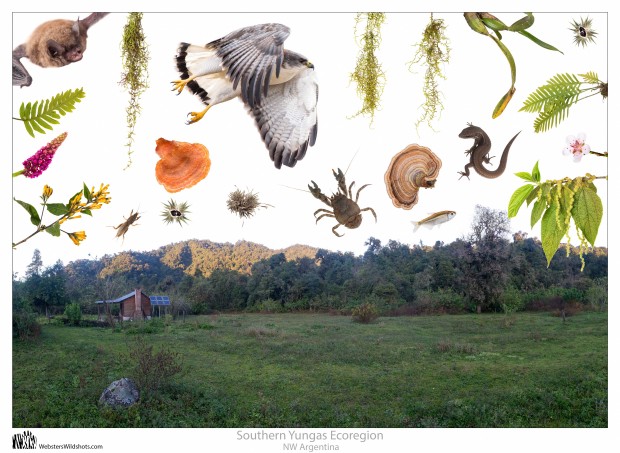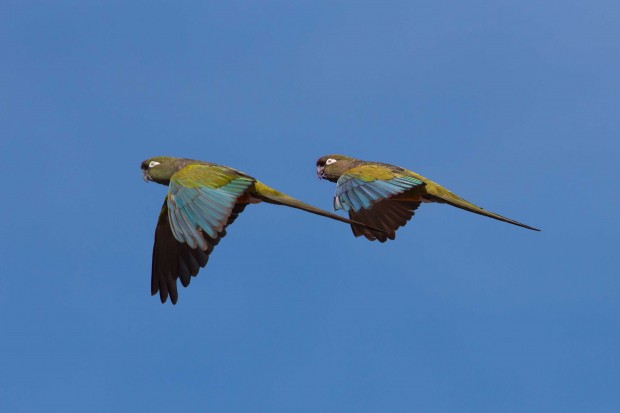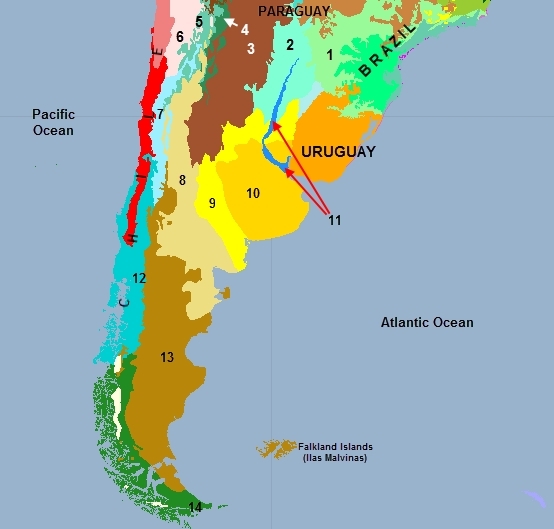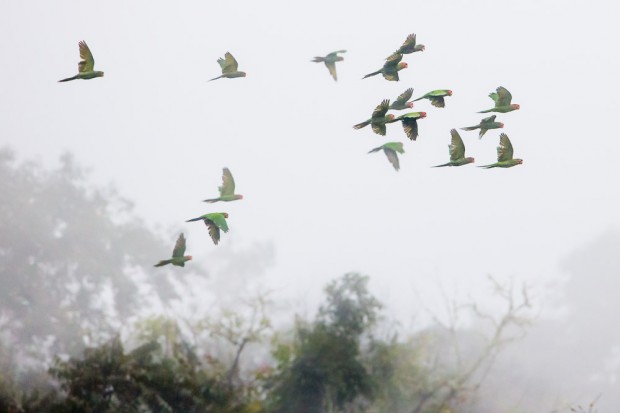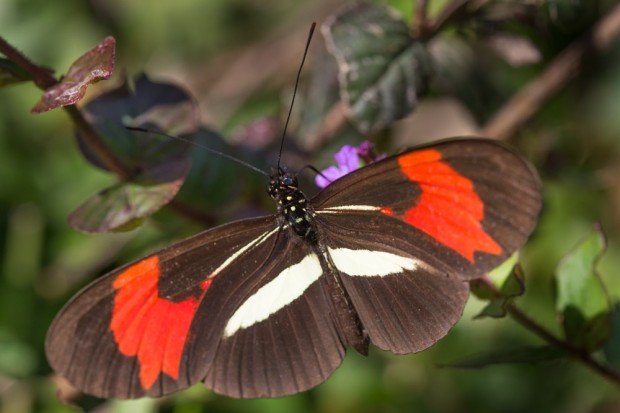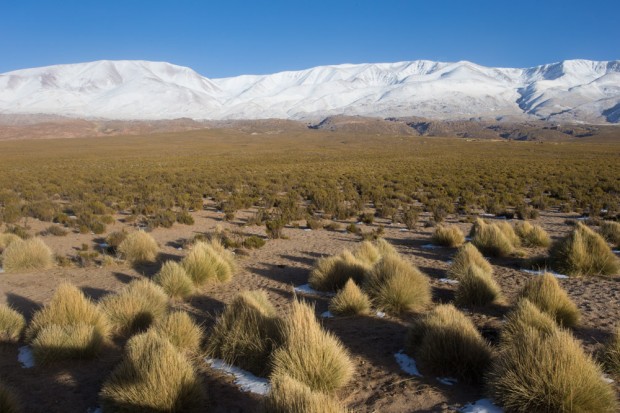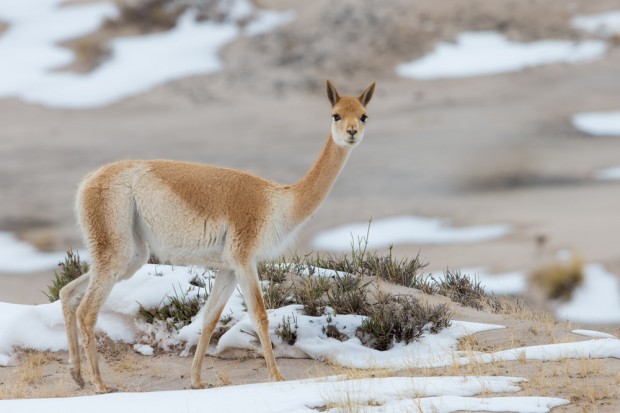It has been a beautiful English summer, with lots of BBQs and time with friends.
The photographs we brought back from our first trip were great and one of the end products has been what I am calling a bio-montage. This is a compilation of ‘white background’ images as well as a panorama, more about this in another blog.
We are really longing to get back to South America and Argentina in particular, to see friends and continue with our ‘Search for Species’ in the Andes. This expedition will be longer and will stretch through the southern summer into 2015.
We will find some amazing wildlife and meet equally amazing people, so log into our blog periodically and now we have a Facebook group as well – Proyecto de Animales Andinos
Paula and I are off any day now, winging our way towards Argentina.

